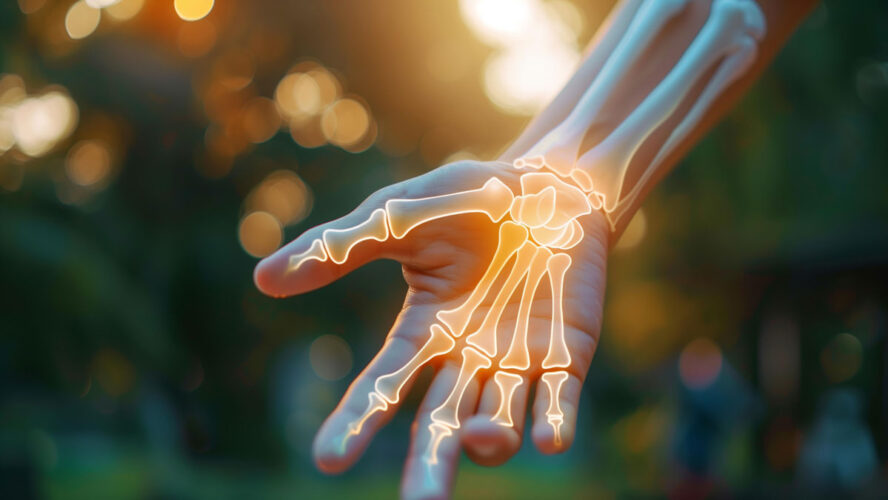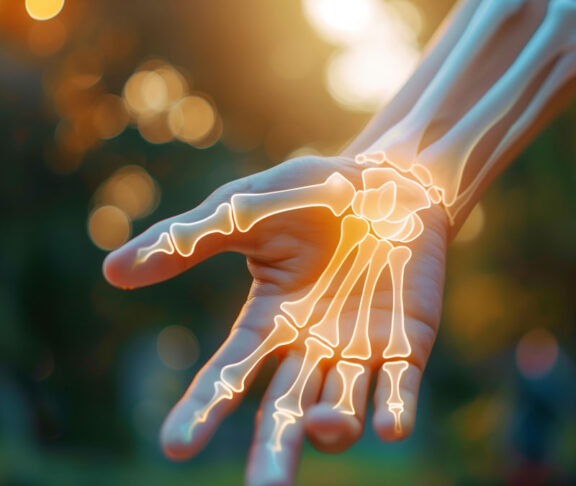
Ashley I. Simpson
Consultant Peripheral Nerve Surgeon, Trustee and Chair of the Clinical Advisory Board, Pain UK
Complex regional pain syndrome (CRPS) is a little-known chronic pain condition. Its story shows why patients need better recognition, support and change.
The agony of CRPS
CRPS is a rare but devastating chronic pain condition, often triggered by a minor injury, that causes excruciating, disproportionate limb pain far beyond what the initial harm should cause.1 CRPS is widely considered one of the most painful conditions known.2 Yet, it is often misdiagnosed or overlooked due to low awareness among health professionals. There is no quick fix, and even advanced treatments often only offer partial relief.
The chronic pain crisis
CRPS is one dramatic example of a broader crisis. Chronic pain affects an estimated 28 million people in the UK.3 This widespread issue carries an economic burden, costing around £10 billion annually.4 The human toll is alarming: 16% of people with chronic pain say their pain is so bad they sometimes want to die, and about a quarter have been forced to stop working because of it.5
Yet, chronic pain remains under-recognised and under-resourced, being only recently classified as a condition in its own right.5 In addition to this, it still receives only a tiny fraction of research funding.4 Meanwhile, pain services are overstretched with long waits and patchy access to care.
Pain services are overstretched with
long waits and patchy access to care.
Uniting voices for change
Addressing this crisis requires advocacy and policy action. Pain UK, a national umbrella charity, unites over 40 organisations to amplify patients’ voices.6 It raises awareness and pushes for better care and patient rights, and its mission is that no one living in pain should suffer in silence.7
To that end, Pain UK has proposed a national Chronic Pain Charter — a pledge that health providers will ‘listen, believe, diagnose and treat’ people in pain.7 Pain UK also urges the Government to recognise chronic pain as a disability, as well as improve access to benefits and workplace support.
As a society, we must no longer marginalise those living with chronic pain. Millions of people need us to believe them, support them and invest in solutions. By uniting voices and demanding action, from funding pain research to expanding specialist services, we can bring hope and a better quality of life to those affected by chronic pain.
[1] Lloyd ECO, Dempsey B, Romero L. 2021. Complex regional pain syndrome. Am Fam Physician. 2021;104(1):49–55.
[2] Burning Nights CRPS Support. 2024. Alessia’s CRPS Story [Internet].
[3] Shirazi A. 2018. Understanding the true impact of chronic pain [Internet]. Open Access Government.
[4] Medical Research Foundation. 2025. Pain. Medical Research Foundation – Research Impact: Pain.
[5] Pain UK. Pain Charter. (Includes data from Department of Health and Health Survey for England on chronic pain).
[6] Pain UK. 2025. Our Current Charity Members. (Pain UK alliance of 43 member charities).
[7] Pain UK. Call to Action. (Pain UK policy recommendations for chronic pain).


